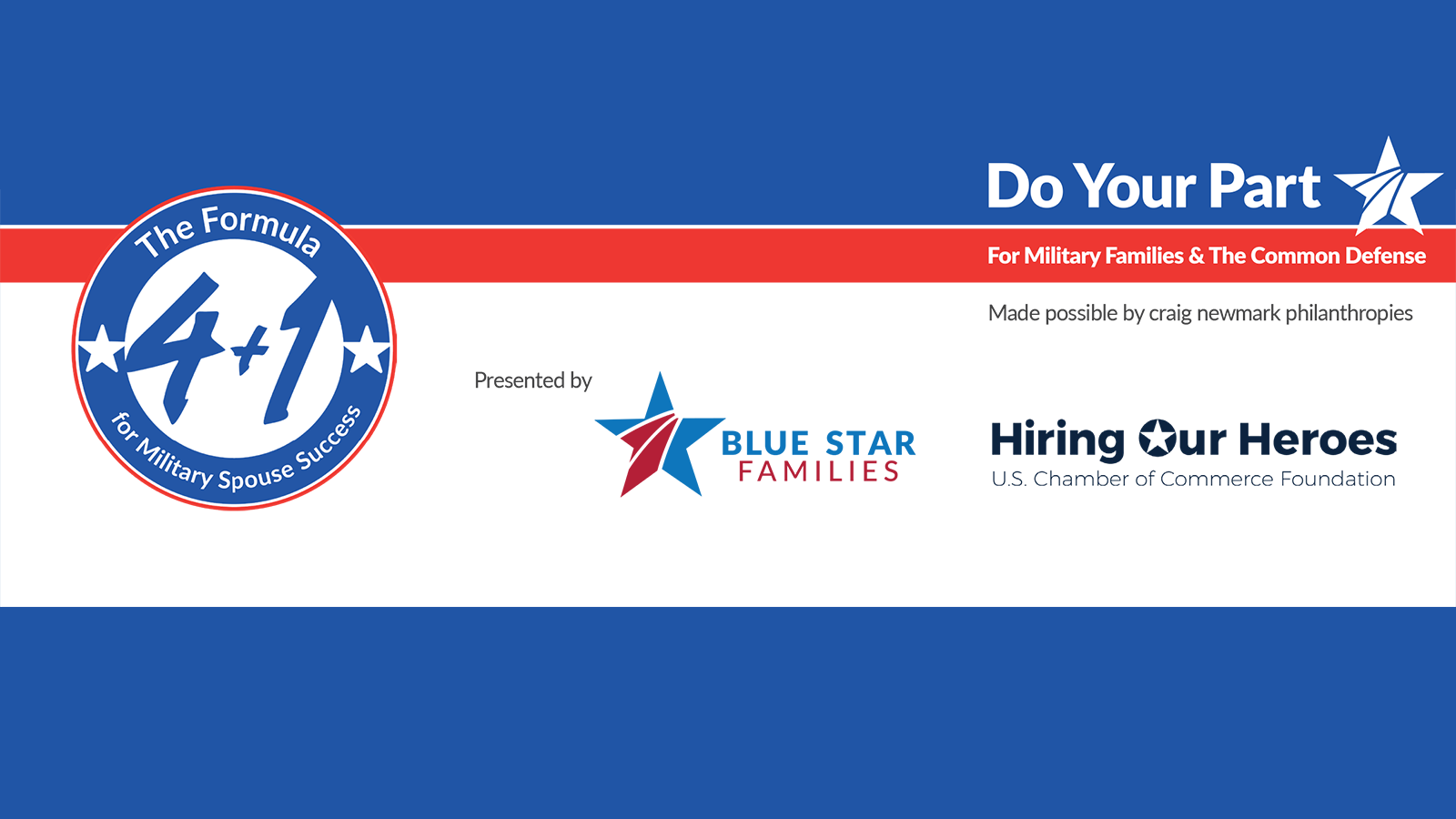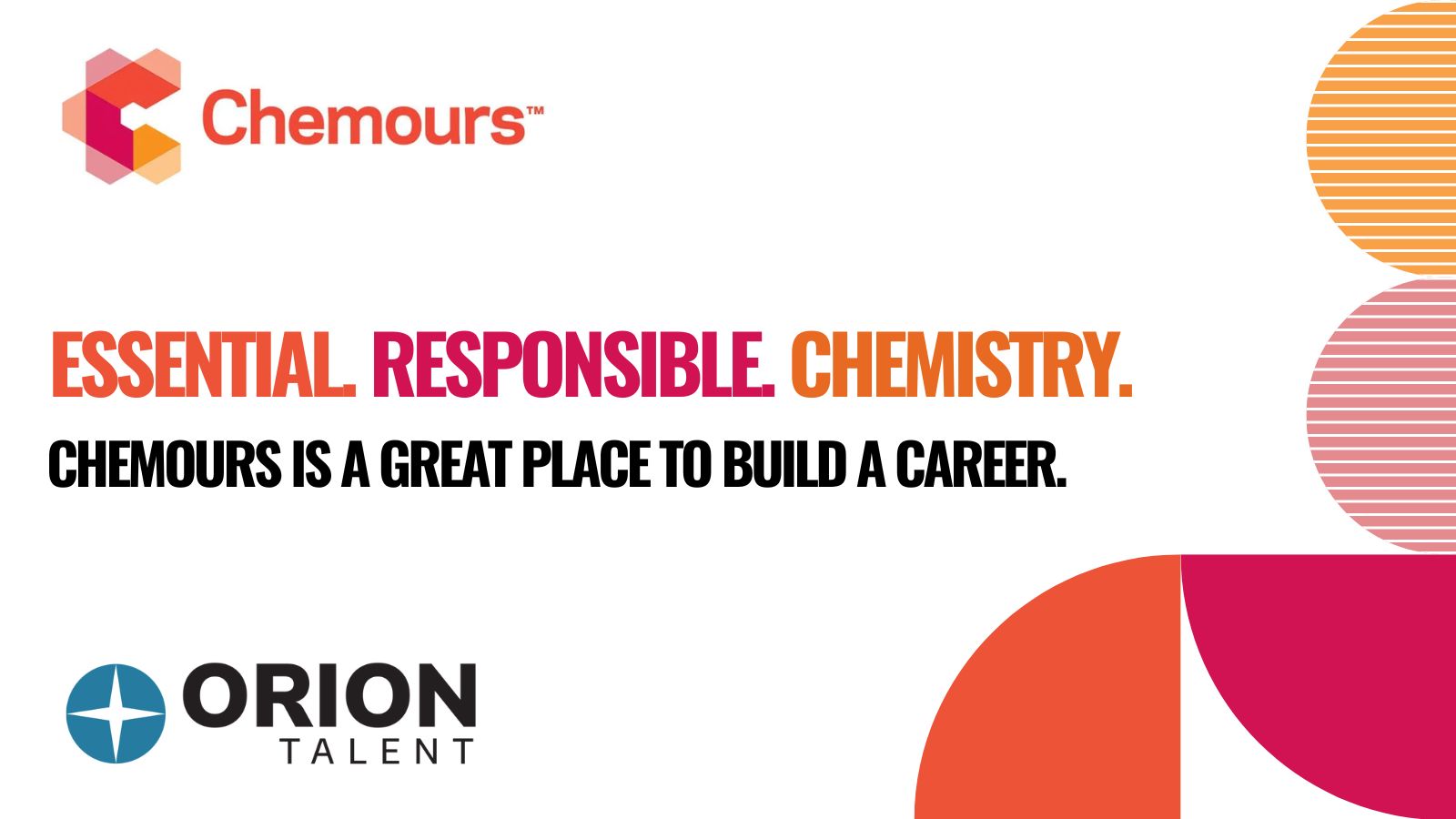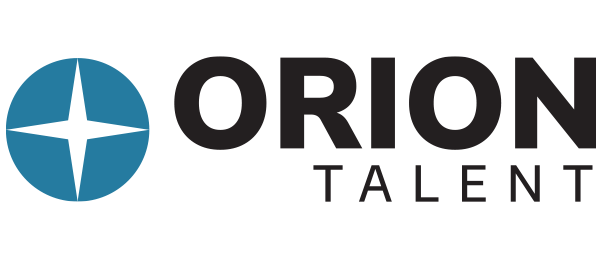A high rate of turnover is bad for business. On the staffing side, a high rate of voluntary turnover means more money spent on sourcing, qualifying, and hiring talented candidates. This cost is one thing, but paying for something that you aren’t getting is another entirely. The average time that it takes to fill a job is hovering around a month and, according to a study from Indeed, if a job isn’t filled within the first 30 days, there is 57% chance that the job will remain open for 3 months or more.
Generally speaking, voluntary turnover comes with less warning, making it harder to find a replacement in this 30-day window. Additionally, voluntary turnover can be demoralizing for the employees who stayed behind. Not only did the last guy leave them with more work to do, but he also showed them that they’ve got options!
Yes, voluntary turnover is costly and disruptive for operations, but it’s just as bad for your customer relationships. If one of your customers is used to working with their “solution provider, your employee, and has for some time, they may start to depend on that person as an integral part of their workday. They may also be thrown for a loop when that employee disappears, seemingly without warning.
When the person with who a customer does business is changing every few weeks or months, it doesn’t allow for the customer to form a deeper business relationship with any of these company representatives. Effectively, this keeps the customer from forming a deeper relationship with your company. What this means, is that as soon as they find a solution that is slightly better than the one you offer or priced slightly better, there is no good reason for them not to use it.
By emphasizing greater employee retention, however, especially in customer/client-facing roles, you can create the space for these bonds to form and actually experience an increase in customer retention.
What is Turnover?
Turnover is defined as the total number of employee separations (quits, layoffs and discharges, and other separations) that happen within a given time period.
Investopedia defines turnover in accounting as “the number of times an asset is replaced during a financial period,” which, while sort of cold, is equally valid when applied to employees.
Turnover can be defined in these ways, as well as in terms of basketball or football, but this article is about defining turnover in terms of what it means to your customers.
What high turnover means to your customers, however, is simple. When a customer sees high turnover at your company or experiences it first-hand, it means that your company’s product or service just stopped being a sure solution to their problem.
Turnover, Retention, and Your Customers
People like doing business with people who they like, people they trust, and people with who they’ve done business before.
Your customers do business with your company, but they’re actually interacting with the individuals you employ. For most of your customers, the face of your company isn’t the CEO, it’s the person who they do business with or the person who they go to for support with your product. If your company is experiencing high turnover in customer-facing positions, no matter how likable these new representatives are, they will still need to regain the trust of the client or customer that they’re working with.
Having the face of your company be reliable and likable has never been more important, especially in differentiating yourself from other companies in your industry. With so many options in today’s on-demand economy, your company may face new competitors each year, who provide the same solution as you do, for the same price or lower. This solution flooded the market could be one of the reasons that a 5% increase in customer retention can increase overall profits between 25% and 95%. If you want to experience greater customer retention, however, you will need to execute a plan for greater employee retention.
One of the reasons that any of your customers have to continue being your customer, is that they enjoy working with their “go-to-guy” or “go-to-gal” who always solves their problem. While you may have a great product or provide a great service, it’s this person and their personal touch that transforms your solution into the one that your customers trust. A single company representative can be a big factor in any company’s connection with dozens of clients, simply because they’re likable, reliable, and are known by customers for quick, painless solutions.
For example, let’s say that you own a company that provides digital design services by partnering customers with your in-house digital design specialists. Let’s say that one of your clients, So & So CO, has been using your service for the past 2 years, and the owner, Mr. So & So, loves to work with Wendy, one of your most talented designers.
Enter high turnover. Let’s say that Wendy wanders off on a multi-year trip around the world. Good for her. Well, it turns out that Mr. So & So was so used to working with Wendy, that he calls you personally and asks where she’s gone. After explaining to him that Wendy won’t be back from her trip, you tell him that you’re going to assign one of your top designers, Pete, to his account and that he should expect an introduction from Pete before long.
Mr. So & So says he understands. He says he’s looking forward to meeting Pete, but it’s unmistakable how disappointed he is.
Well, life goes on, and everything is plans and progress for a few months until Pete also decides he’s going on some sort of trip and heads for the hills. Anticipating Mr. So & So’s call, you reach out proactively to tell him that he will be assigned to another top designer, Jeffery, and that this should be the last change up for a while.
Mr. So & So says he understands, but he tells you that he really enjoyed working with Wendy and hopes that Jeffery will be more like her than Pete.
So, you tell Jeffery to introduce himself to his new client and go back to looking for a replacement for the dang designers who keep leaving your company.
Well, there must be something going wrong, because a few months later, Jeffery takes a job at one of your competitors. You decide that, instead of calling Mr. So & So this time, you should talk to his future designer, Michel, and have Michael make his own introduction.
An hour later, your phone rings. Guess who it is? It’s Mr. So & So and he’s asking why he has to change designers again.
You apologize, saying that you had no other option.
Mr. So & So asks why you think there are so many designers leaving your company.
You don’t know.
Mr. So & So apologizes for the trouble you’re having.
You apologize, again, for the inconvenience, but you’ve got a sinking feeling that it isn’t enough.
Mr. So & So sighs. He hems and haws but, eventually, he says that, while he’s liked doing business with you in the past, he’s found another service provider for his digital design needs.
You try to counter, saying what a valued customer he is and arguing that every delivery date was met, but Mr. So & So has his mind made up. He says that he wants to choose the next designer he works with, not be randomly assigned one. You offer him the choice of any of your designers, but he’s not buying it.
Due to high turnover, Mr. So & So has lost that special affection he once had for your digital design solution. Instead of having a go-to-gal that he can work with, he is relying on a stand-in designer, someone who, historically, is prone to vanishing forever.
High turnover in customer-facing positions can put customer relationships in jeopardy. Not every customer will be as attached to who they work with as Mr. So & So, but they will notice high turnover. Just because someone doesn’t care who is solving their problem, doesn’t mean they want to go to someone new whenever they need that problem solved. I mean, how many times would you want to explain what your company does to one of your vendors or service providers? Even if the disruption from turnover requires very little effort on the part of the customer or client, this inconvenience can be more than enough to get your customers in a shopping frame of mind.
This link between customer and employee retention is made all the more serious by the fact that 1/4th of Americans are thinking about changing jobs this year. According to a new study, “over a quarter of working adults (28%) will contemplate changing jobs in 2016, with 15 percent speculatively looking for new opportunities.” What this means, is that if you don’t take the pro-active approach, you may be in store for some nasty surprises this year.
To experience the financial rewards of greater customer retention and avoid the costs of losing clients, emphasize higher levels of employee retention at your company, especially in customer and client-facing positions. No matter how high-skill or low-skill the customer/client-facing role, greater employee retention will result in greater customer retention.
3 Tips for Increasing Retention
Greater retention in customer/client-facing positions will result in greater customer retention. Though you will still lose customers to competitors, greater employee retention makes for more stable, reliable customer relationships overall.
If you can identify some of the causes of turnover at your company and promote a culture of engagement, you will be able to curb any turnover trend. This increased employee retention will give your customers a greater chance to work and bond with these employees, strengthening customer relationships and increasing customer retention.
To fight high employee turnover you should follow these 3 Tips for Employee Retention:
- Conduct Retention/ Exit Interviews
- Identify Employee Motivators
- Leverage Employee Referrals
One of the most effective strategies for improving retention is conducting exit interviews on each employee who leaves your company. Additionally, “retention interviews” should be conducted on an annual or semi-annual basis in order to gauge the job satisfaction levels of key employees and identify flight risks. These exit interviews should be conducted on employees at all levels of the organization.
Exit interviews can greatly improve retention in your company, by identifying personnel or process problems that are driving your employees away. Exit interviews can do this, but only if your employees feel comfortable opening up and giving you the non-sweetened truth about why they’re leaving.
Even though they’ve already got a foot out the door, this does not guarantee that a departing employee will be 100% honest with you. They still want a good reference and may believe that questions like “what was your main frustration with your job here?” are some sort of trick.
The only trick, however, is getting your employees to be brutally honest. Tell them that the point of this interview is identifying the problems that caused such a great employee to leave. If you frame the interview in this way, treating the employee as a trusted source of insider information, the employee will be much more likely to lay the truth on you, even if it hurts.
Maybe their manager was breathing down their neck, literally. Maybe they were being forced to work with technology that they believe to be outdated. Maybe they wanted a higher salary. Maybe they just wanted a new job in a new city.
You can’t know until you ask and you can’t make changes unless you get your employees to open up about the real problems at your company. If you can conduct exit interviews that get to this valuable employee data, you can start to see the real drivers of turnover at your company. Once you identify the manager or the policy or the technology that is driving your employees away, you can make the changes necessary to promote a more enjoyable, more stable environment for your employees.
Identify Employee Motivators
Motivation is one of the most powerful turnover fighters at your disposal. Motivated, engaged employees experience a much higher level of job satisfaction, perform at a higher level and stay for longer than disengaged employees. If you can identify the motivators of your employees and promote a culture of engagement at your company, you’re sure to see an increase in employee retention.
While everyone has different motivators for working, there really is nothing better than being recognized for a job well done. According to a survey from the Society for Human Resource Management, value-based reward programs are proving to be highly effective in motivating employees and increasing retention. Value-based reward systems differ from traditional reward systems, by tying rewards directly to the company’s performance as well as an employee’s innovation, their embodiment of the company’s core values, and/or exhibiting leadership skills. Instead of being motivated to their jobs because they have to be, your employees will engage to their fullest potential, knowing that there’s a system in place to will reward them for making accomplishments that are good for the company.
Rewards and incentives can help to motivate employees, but rewards aren’t everything. In order to understand what drives your employees, take some time to ask and find out. While there are no wrong answers, the point of this exercise is to uncover motivators that you can leverage to generate even greater engagement.
For instance, if you find out that your “A Players” are all motivated by learning new skills, offering skill development resources for top performers can be a great way to drive further motivation at work.
Identifying employee motivators can be done on an individual basis, but can also be an interesting group conversation to have with your team. If you can get everyone to share what inspires and motivates them at work, your employees will find motivation in the drive and depth of their co-workers.
Focus on promoting engagement at work. When everyone is invested in the big picture success of the company, all of your employees will be able to see themselves as part of that success. By contextualizing the work of your employees within the success of your company and uncovering the true motivators of your employees, you will increase engagement, thereby decreasing voluntary turnover at your company.
Leverage Employee Referrals
Time and again, employee referrals have shown themselves to be a top source of hire. According to a study that LinkedIn conducted on their own employee referral program:
- Referred Employees Stay Longer
- Referrers Stay Longer
- People Who Make Successful Referrals Stay Longer
Isn’t that crazy? Not only do referred employees have higher retention rates but participating in the program raises the retention rates of your current employees.
If this wasn’t enough, another reason that referrals are great for retention is that a referral is connected to the company long before they’re hired. They may have been hearing about how great your company is for years, and have been waiting for the chance to jump on a referral from their friend, AKA your employee. This pre-existing connection is one of the reasons that referred hires stay on the job for longer, but it isn’t the only reason that they’re great for retention.
The next reason that referrals are great for retention, is that referrals can help to build a positive, connected environment at work. By making referred hires whenever possible, you can create a company that feels more like family than anything else. Making a referred hire validates the employee who referred them and makes them feel like they made a contribution to their company. Additionally, the fact that a referred hire already knows someone on the inside will make their transition into the new job all the faster and easier. Finally, the referred hire’s desire to look good in their new job, and make their friend look good by association, is a powerful motivating force and is one of the greatest advantages of choosing referral hires.
If you can start to make more referral hires through the connections of your best employees, you will be setting the stage for a more welcoming, connected environment to work in. This, in turn, will help everyone to enjoy their job more and increase employee retention at your company.
Though turnover is part of doing business, high turnover in customer-facing positions can easily strain customer relationships. Whether the customer becomes confused or just annoyed, high turnover can make customers re-evaluate their reason for choosing your company. Additionally, high turnover can be seen as a sign that your company is facing internal problems, an even larger red flag for your clients and customers.
Conduct exit interviews to find the big causes of turnover at your company. Identify what inspires and motivates your employees, as well as how they like to be rewarded. Finally, referred candidates have better rates of retention, and participating in your referral program will increase the retention of your employees. If you can promote a culture of engagement at work and address some of the causes of turnover at your company, your employees will get more out of their jobs and will do those jobs for a longer period of time.
Archives
- October 2024
- May 2024
- March 2024
- February 2024
- January 2024
- December 2023
- November 2023
- October 2023
- September 2023
- August 2023
- July 2023
- June 2023
- May 2023
- April 2023
- March 2023
- February 2023
- January 2023
- December 2022
- November 2022
- October 2022
- September 2022
- August 2022
- July 2022
- June 2022
- May 2022
- April 2022
- March 2022
- February 2022
- January 2022
- December 2021
- November 2021
- October 2021
- September 2021
- August 2021
- July 2021
- June 2021
- May 2021
- April 2021
- March 2021
- February 2021
- January 2021
- December 2020
- November 2020
- October 2020
- September 2020
- August 2020
- July 2020
- June 2020
- May 2020
- April 2020
- March 2020
- February 2020
- January 2020
- December 2019
- November 2019
- October 2019
- September 2019
- August 2019
- July 2019
- June 2019
- May 2019
- April 2019
- March 2019
- February 2019
- January 2019
- December 2018
- November 2018
- October 2018
- September 2018
- August 2018
- July 2018
- June 2018
- May 2018
- April 2018
- March 2018
- February 2018
- January 2018
- December 2017
- November 2017
- October 2017
- September 2017
- August 2017
- July 2017
- June 2017
- May 2017
- March 2017
- February 2017
- January 2017
 RSS Feed
RSS Feed
Subscribe to Orion's Blog
Featured Blogs





.jpg)















